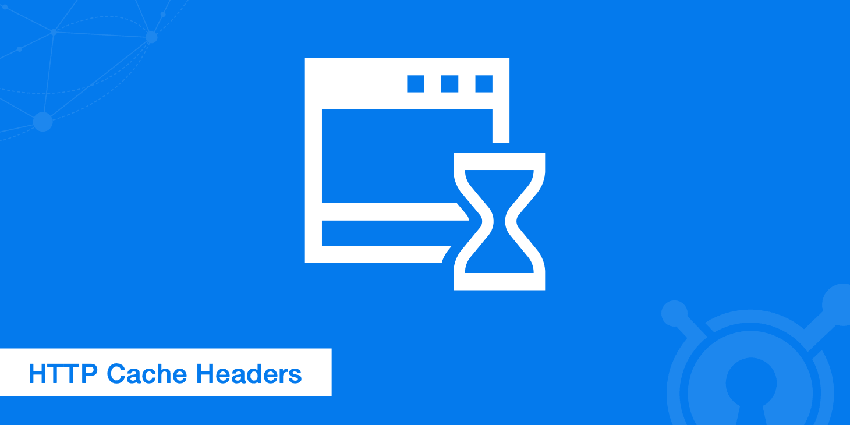Understanding CDN Headers and Cookies for HTTP Caching

Before using CDN headers and cookies as HTTP cache, you should understand the right HTTP response headers. Which of them are applicable, how can you use them, and how do they operate. HTTP caching, on the other hand, is a temporary process of storing rich media and web content on a CDN server. Let us discuss more HTTP headers.
Using a CDN
CDNs facilitate the fast distribution of content to geographical locations. They also play the role of a simple and plain cache, a proxy cache that is also known as an edge cache. You can leverage the proxy cache feature of content delivery networks to boost user experience.
CDN Headers and Cookies: Cache HTTP Headers
Many pull CDNs allow users to manage cache conduct per page or to higher levels to facilitate the evaluation of dynamic contents. This is where HTTP cache response headers become essential. One thing you should beware of when it comes to CDN headers and cookies is that there are new ones and old ones. Old ones, in this case, were defined by HTTP/1.0, while HTTP/1.1 introduces the new ones. Still, the number of options available can trigger confusion regarding the entire topic. Due to this fact, many people often avoid the use of cache chrome authorization headers. To simplify this matter, we will focus on ETag and Cache-control because both of them are sufficient. Many CDNs today still admit the old HTTP cache response headers, but some developers only use them as an alternative to the new ones.
CDN Headers and Cookies: ETag Header
ETag determines the version of a document that indicates an MD5 hash over your content. Still, it can comprise any value defining the state or version of a document.
Revalidation
Revalidation is the practical execution of ETag, but it does not have to be sophisticated. Assuming a client looking for a server configuration setup sends a request to a specific URL. The particular server will then generate a response. Remember, the response will contain two compelling headers that are; ETag and the MD5 over your content, and Last-modified complete with the last modification date.
How Does Revalidation Work?
Once a client clicks on the URL after a short moment, their browser utilizes one of the If-* request CDN headers and cookies. For instance, If-None-Matches, which analyzes through the ETag content. This request header demonstrates that the user would welcome either feedback showing no changes at the content or full response.
In the event the ETag has not changed, then the origin server may respond with Not Modified, which eliminates the body. When this happens, the client will have to utilize what had been cached before. As a developer, this information can be disappointing, seeing that you may have to begin the process from scratch.
However, the process can be easy with the proxy or shared cache, which is also known as CDN headers and footers. Returning to the original configuration the proxy will be responsible for producing the not modified feedback depending on its cache.
CDN Headers and Cookies with a Focus on Cookie
Cookies are defined as HTTP feedback headers known as Set-Cookie Chrome headers. They facilitate the identification of users meaning every user requires a unique cookie. When integrating this component into the caching context, you should determine whether you would cache the feedback complete with the Set-cookie HTTP header. In this case, during cache time, each user would receive the same user session and cookie, which would not be ideal.
State of User Session
The other indication would be that the state of the user session transforms the rendered response content. A viable example, in this case, would be the eCommerce shop basket. Based on the cookie session, your application will either render a basket filled with items that the user has picked or no basket. Here every customer, in this case, should have an individual basket to avoid caching the process.
You should not confuse these cookie sessions with the more tolerant types. A suitable example of these would be cookies configured at runtime through JavaScript. For instance, Google Analytics is incorporated through JavaScript.
While Google Analytics configures a cookie through JavaScript, the cookie does not influence rendering, and a Set-cookie is also not involved. What would happen if Google Analytics altered the rendering site, for example, by including a minimal you are monitored through Google Analytics symbol? In this case, everything would work well if the application of the changes is done at runtime inside the browser as opposed to the PHP script.
Finally
Why are HTTP CDN headers and cookies vital? HTTP headers can be set up on the CDN server to boost web application security. HTTP cookies, on the other hand, make it easier for web developers to give you convenient and personalized website visits. However, they can pose a risk to your privacy.